Market Analysis
In-depth Analysis of GRP Pipes Market Industry Landscape
The market dynamics of Glass Reinforced Plastic (GRP) pipes exhibit a dynamic landscape driven by various factors within the construction and infrastructure sector. GRP pipes, composed of glass fibers embedded in a resin matrix, have gained prominence due to their corrosion resistance, durability, and lightweight nature. One of the primary drivers influencing the GRP pipes market dynamics is the increasing demand for corrosion-resistant piping systems, especially in industries such as water and wastewater, oil and gas, and chemical processing.
Furthermore, the majority of construction companies employ lightweight pipes, which lower the entire cost of transportation and installation. This is another component that drives the GRP Pipes Market Share on a very positive side. Last but not the least, in the many end-user sectors, rapid industrialization has increased the demand for lightweight and durable pipes which is completed with the help of the GRP Pipes.
Technological advancements play a significant role in shaping the market dynamics of GRP pipes. The development of advanced manufacturing processes, such as filament winding and centrifugal casting, has enhanced the quality and efficiency of GRP pipe production. These technologies contribute to producing pipes with superior structural integrity, meeting the stringent requirements of various applications. The continuous innovation in manufacturing processes ensures that GRP pipes remain competitive in the market, offering reliable solutions for diverse industrial needs.
Economic factors also contribute to the market dynamics of GRP pipes. The cost-effectiveness of GRP pipes, both in terms of installation and maintenance, positions them as a favorable option in comparison to traditional materials like steel or concrete. Additionally, the lightweight nature of GRP pipes reduces transportation costs and makes handling and installation more efficient. As industries seek cost-efficient and durable solutions, the demand for GRP pipes is expected to increase, impacting the overall market dynamics.
Regulatory standards and environmental considerations further shape the GRP pipes market dynamics. With an increasing focus on sustainability and stringent regulations related to corrosion control and environmental protection, GRP pipes find favor due to their resistance to corrosion, rust, and degradation. Compliance with these standards becomes a key factor for manufacturers in gaining market acceptance and meeting the requirements of various industries.
The competitive landscape within the industry significantly influences the market dynamics of GRP pipes. Manufacturers compete based on product quality, pricing, and the ability to offer customized solutions. Companies investing in research and development to enhance the performance and characteristics of GRP pipes gain a competitive edge. Moreover, those providing comprehensive services, including design support, installation guidance, and post-sales support, are better positioned in the competitive market.
Global trends in infrastructure development contribute to the market dynamics of GRP pipes. The increasing focus on water conservation, the expansion of wastewater treatment facilities, and the growing demand for oil and gas pipelines drive the demand for corrosion-resistant and durable piping systems. As countries invest in modernizing their infrastructure, the GRP pipes market is poised to witness growth, reflecting the global trend towards sustainable and resilient construction practices.
Consumer preferences and awareness play a role in shaping the market dynamics of GRP pipes. End-users, including industries and municipalities, are increasingly recognizing the long-term benefits of GRP pipes in terms of reduced maintenance costs, extended service life, and environmental sustainability. The material's resistance to corrosion and chemical attacks appeals to industries where maintaining the integrity of pipelines is critical.

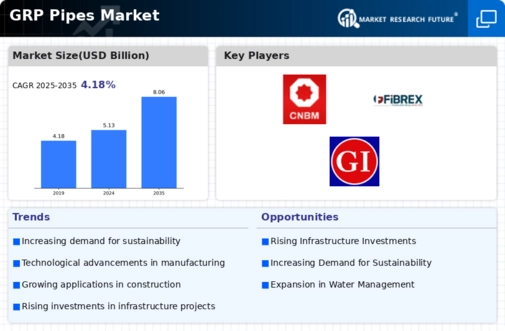
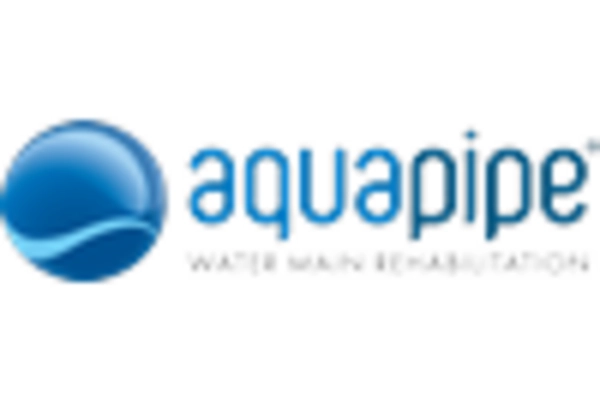
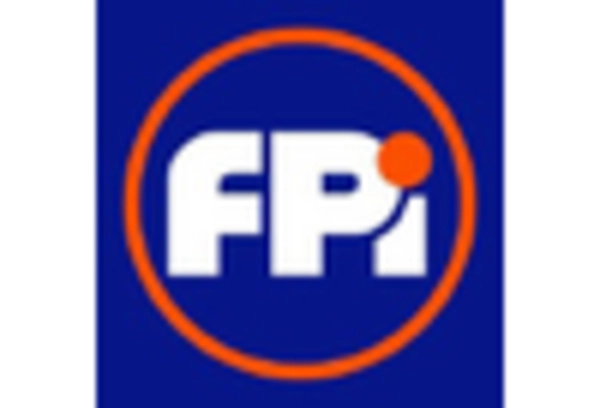
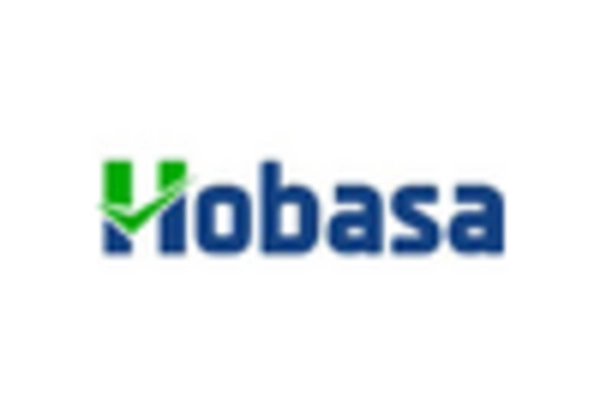
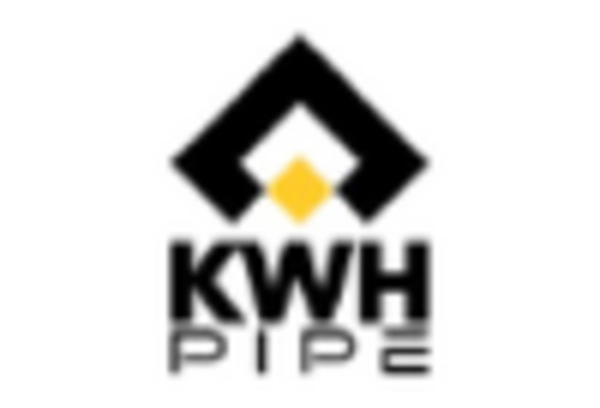
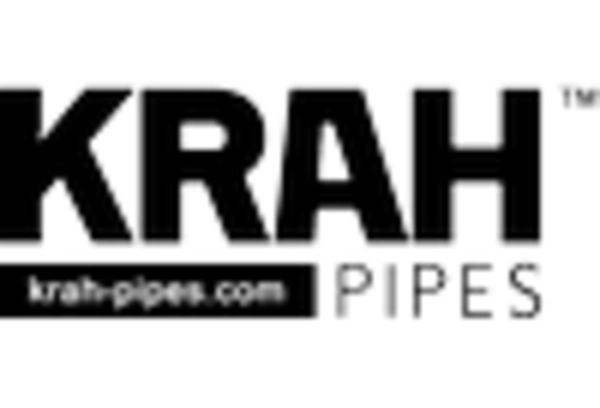
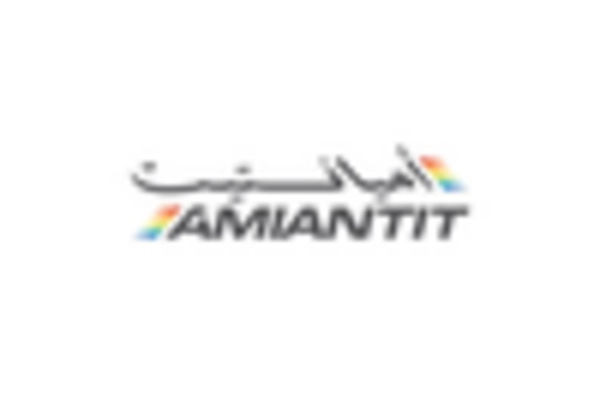









Leave a Comment